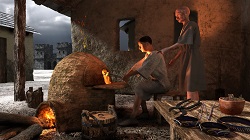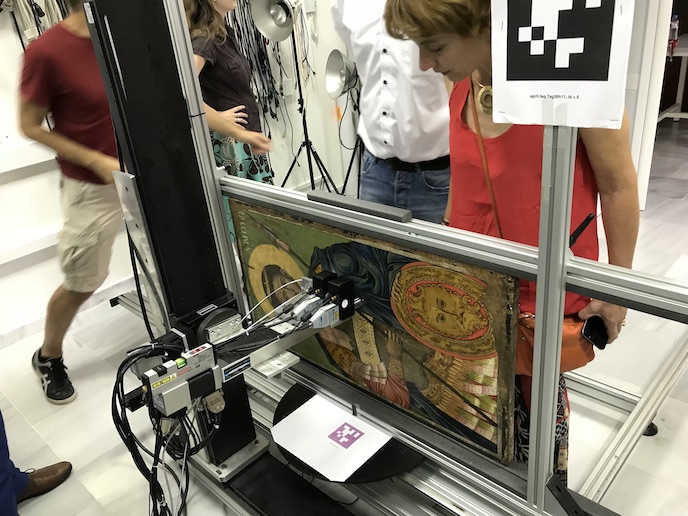Fashion accessories in the Late Iron Age and Roman period, Europe
An important aspect of life in north-west Europe circa 100 BC through to AD 250, as the Late Iron Age gave way to the Roman period, has been investigated by the EU project GLOBALGLASS. Glass bangles break into Iron Age society GLOBALGLASS brought together evidence from four north-western European countries – Belgium, Germany, the Netherlands and the United Kingdom – and assessed how these artefacts were made, used and deposited on an interregional and local level. As project coordinator Dr Tatiana Ivleva comments, “Often forgotten in favour of more studied objects of Later Iron Age metalwork, glass bangles provide a unique glimpse into the craftsmanship, artistic virtuosity and intercultural connectivity across Late Iron Age and Roman period Europe.” Experiments conducted with modern glassmakers and the analysis of around 500 British bangles revealed that British ones were most likely produced in a similar manner as some of the Late Iron Age Continental types. “This suggested that Late Iron Age glass bangle craft and technology continued well into Roman times, contesting the common opinion that the Iron Age production of the seamless glass bracelets was interrupted at the turn of the first century AD,” explains Dr Ivleva. Regional identities GLOBALGLASS also redated the arrival of the craft into Britain. Previously thought to have to made their debut in the late first century AD, project results show this occurred in the early part of the century. Interestingly, these were not copies of their Continental predecessors but were rather selectively adapted from the Continental repertoire. Innovations happened with particular British sheen and were regionally distinct. “Bangles are not alone,” points out Dr Ivleva. “Analysis by a wide range of scholars on items associated with the body, such as grooming artefacts, toilet instruments, dress adornments and mirrors, point to the changing attitudes towards display and bodily presentation in the early first century AD Britain.” A matter of style and choice as well as availability Even though a certain style of bangle was available, this was not a limitation due to the available imports from neighbouring areas. For example, people living in the Bavarian region of Germany in the Later Iron Age had a particular preference for the imported bangles from the nearby northern Alpine regions, in spite of the fact they had easy access to bangles produced locally. “Moreover, we learned that the glass bangles were not high-status or unique items of jewellery worn by the elite, as is sometimes assumed,” Dr Ivleva comments. Sometimes a more spectacular piece would be produced, but generally the bangles were mass-produced and took only up to 20 minutes to manufacture. From a gender point of view and function, these weren’t restricted to female adult bracelets. Smaller rings have been found that would only fit the arm of a child or be worn as adornment for a horse forelock secured with ribbons. An unexpected finding was in relation to manufacture and distribution. On the continent, objects were produced at large industrial areas, but smaller hinterland settlements also participated in the production to satisfy local demand. In contrast, the situation in Britain was that glass bangles were concentrated in small specialised workshops and also produced, perhaps, by itinerant craftspeople. In the pipeline are two books – ‘Global Glass: Bangles of the Late Iron Age and Roman period Europe’ illustrates the globalising nature of this artefact, and ‘Romano-British glass bangles: a reappraisal’, which will provide practical instructions to the recording, description and study of glass annulars in the United Kingdom. Various videos are available on the website and YouTube, including one where a horse is the main actor!
Keywords
GLOBALGLASS, Iron Age, glass bangle, Roman period, jewellery, society







